Self Check In Kiosks at Hospitals: Modernizing Patient Experience
Introduction
A self-service kiosk has become a regular fixture in many businesses of every size. Whether at an airport, supermarkets, the hospitality sector, banking or healthcare, this system makes things easier for both customers and businesses.
The ability of hospital or healthcare kiosks to simplify processes for patients and administrators offers great potential to the healthcare industry. In this blog, we discuss the importance of healthcare kiosks, their working, their benefits and overcoming adoption concerns.
Key Takeaways
- Many hospitals are switching to a self-service approach in response to changing patient preferences
- Hospital kiosks are readily embraced because of their do-it-yourself capabilities
- They have brought many improvements in aligning the care operations and improving patient experience by significantly reducing waiting times
- Hospital kiosks also seamlessly streamline the payment process
- These kiosks helped to provide a safer environment for employees and patients during the COVID-19 pandemic
- Healthcare kiosks enables greater patient engagement by giving them greater access to manage their care journey
The Importance of Healthcare Kiosks
Broadly, there are three reasons for the growing adoption of healthcare kiosks.
Hospitals Becoming Patient-Centric
Today hospitals are becoming more patient-centric. As a result, they are accepting healthcare kiosks to gain an edge over their competitors. These technologies help to improve the patient experience and increase overall work efficiency.
Patients Moving Towards Self-Service Technology
Consumers are moving towards a self-service approach in all sectors, and healthcare is not an exception. Hospital kiosks help patients perform a lot of administrative functions at their convenience.
Social Distancing Rules
The ongoing COVID-19 outbreak has made the world far more tech-driven. The new era of COVID-19 has made social distancing as important as ever. Hospital kiosks can help reduce the amount of contact staff make with the patients, helping hospitals streamline care services.
Things Possible with Hospital Kiosks
A healthcare kiosk is an interactive device placed at a fixed spot of the hospital. These are designed to accomplish multiple tasks that reward patients and hospitals alike.
A hospital kiosk gives patients the control to find the information themselves. By doing this, patients are actively engaged as they can interact with the system in a meaningful way.
- Registration: Healthcare kiosks allow patients to register by scanning their ID proofs. The identity verification process in self-service kiosks may include ID card verification, face recognition, and biometric verification. This identifies and verifies patient demographic details.
- Integrating Information with HIS: Further, hospital kiosks is capable of integrating this patient information with the existing Hospital Information System(HIS). This ensures a smooth patient intake process.
- Appointment Booking: Hospital kiosks enable the patient to book an appointment without any hassle by answering questions displayed on the monitor. Plus, the patient can schedule the appointments with the desired doctor at their convenience.
- User Interaction: Some hospital kiosks also enhance the patient experience with customizable user interaction for smooth functioning. For example, these kiosks can give instructions to patients on where to go next.
- Payments: Finally, after booking an appointment, hospital kiosks allow patients to make secure online payments. They allows patients to pay their medical bills through cards, QR codes, or a virtual payment address (VPA).
- Advertising: Some hospital kiosks have emerged as an effective advertising platform. The system offers innovative ways to advertise the specialized services offered by the hospital. These include advertising through automated SMSs to kiosk users or video advertisements on the kiosks monitors.
Benefits of Self-Service Healthcare Kiosks
There are many benefits associated with a self-service healthcare kiosk. Below listed are the top ones.
- Help Save Resources
Healthcare kiosks enable patients to self-manage the intake process without any assistance. This reduces administrative paperwork and saves significant hours of staff time. Hence, the staff can utilize their time for more pressing tasks.
Based on our findings, hospital kiosks can increase front office staff efficiencies by 10-15%
- Reduce Personnel and Material Costs
Hospital kiosks provide a means to control costs. These kiosks can help save money by eliminating the necessity of hiring and training front office staff. Also, as kiosks serve as a substitute for an employee, hospitals don’t have to invest in equipment, such as computers and telephones for employees. Additional cost savings include stationery being used for registration formalities.
- Empower Patients
Healthcare kiosks empower patients by giving them greater access to manage their care journey. With proper implementation, they help deliver personalized patient interactions. This further drives patient engagement and improves patient satisfaction.
- Boost Patient Experience by Reducing Waiting Time
Long lines and waiting times can have a direct impact on patient satisfaction. Hospital kiosks make the patient transaction process run smoothly and quickly. Reduced waiting time indeed improves the patient experience.
Hospital kiosks can reduce the check-in times by up to 70% (from 5-7 minutes to less than 2 minutes)
- Reduce Human Errors
Typically, a hospital staff fills out forms and patient information manually, increasing the risk of data entry errors. However, hospital kiosks reduce the chances of mistakes, because patients themselves manage their details, which are more likely to be accurate.
- Ease Collection of Payments
A healthcare kiosk helps streamline the patients’ payment process. The system accepts credit or debit cards to collect medical bills. Above all, the device also informs patients about overdue bills and allows them to take printouts of receipts.
- Improve Operational Efficiency
From patient checking-in to processing payments, the healthcare kiosk makes multiple processes speedy. This enables staff to focus on more important tasks related to patient experience.
Conclusion
The two most important goals of hospital kiosks are creating a great patient experience and improving operational efficiencies. It has been proven that hospital kiosks cut down operational costs and transform the patient experience. However, poorly implemented kiosks can also increase costs over time and discourage patients.
5Mins Read
Written By | Gayatri Vernekar




